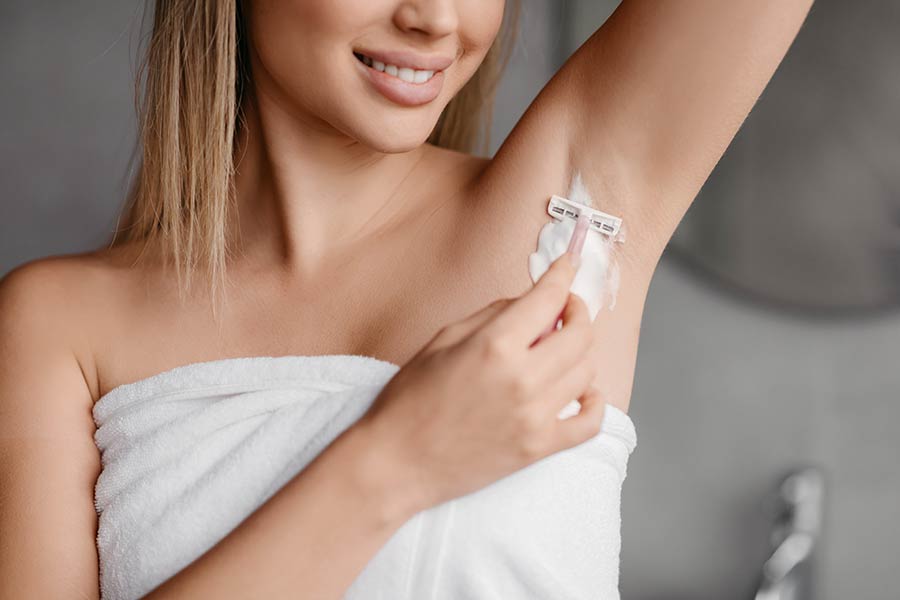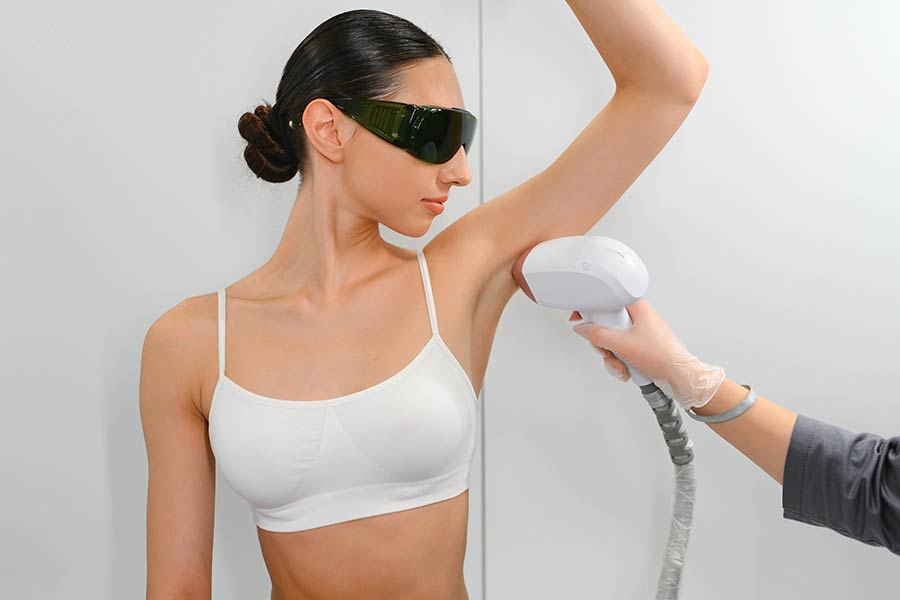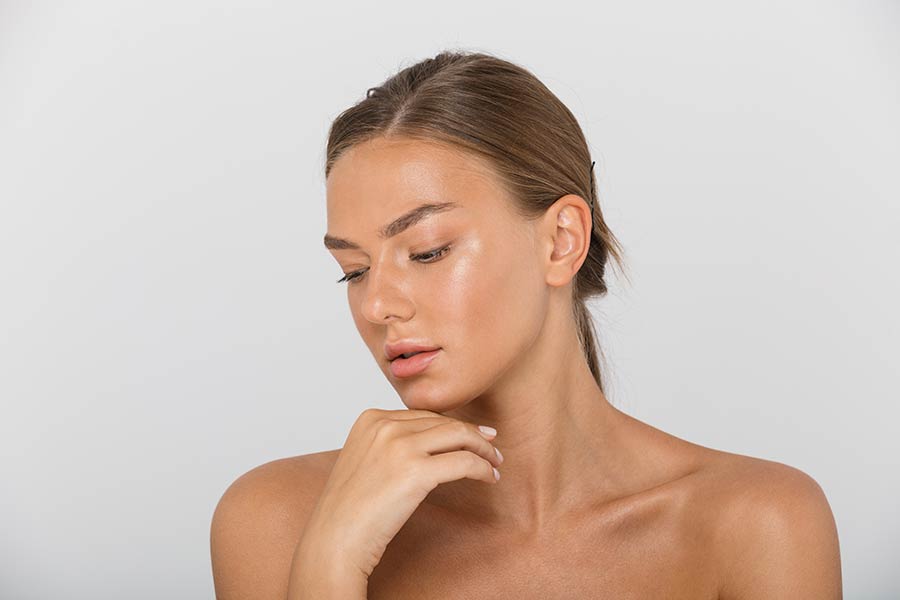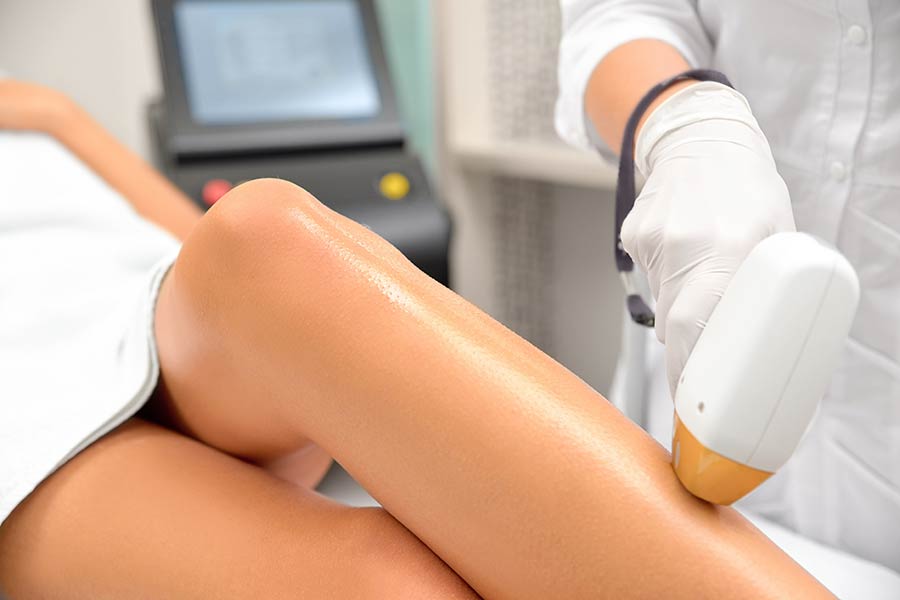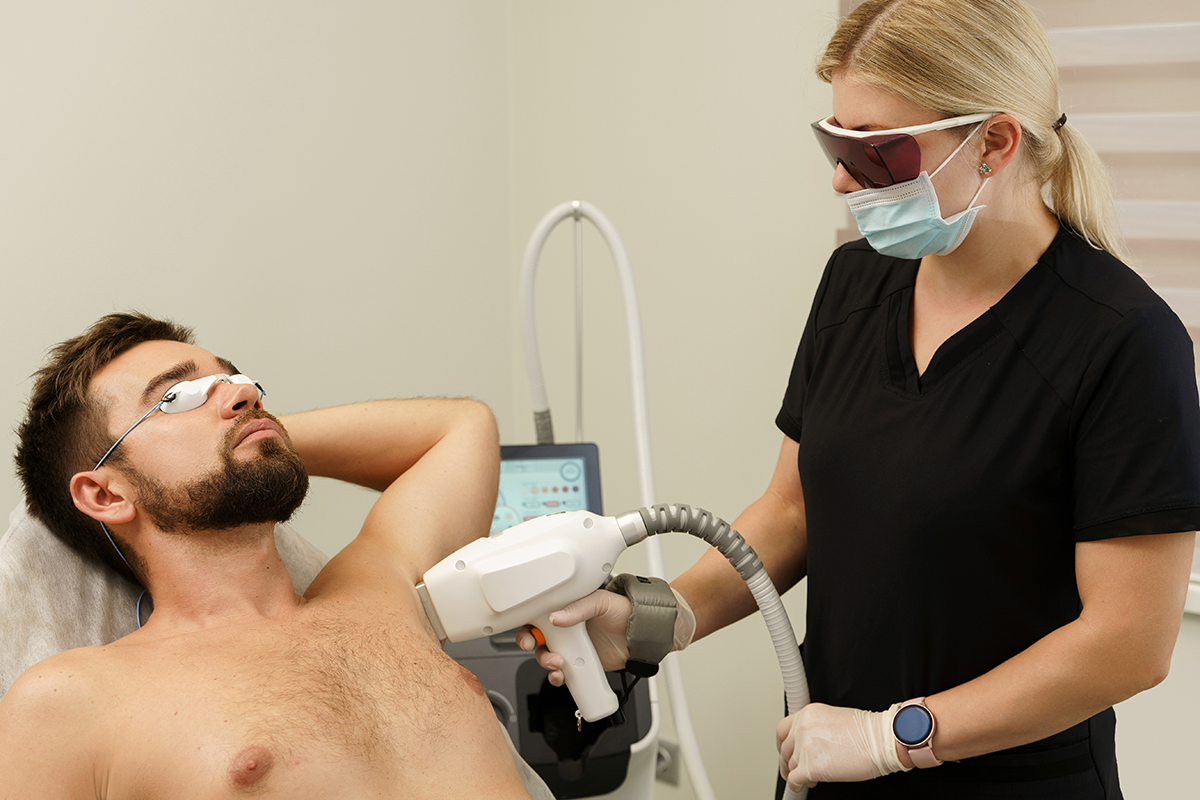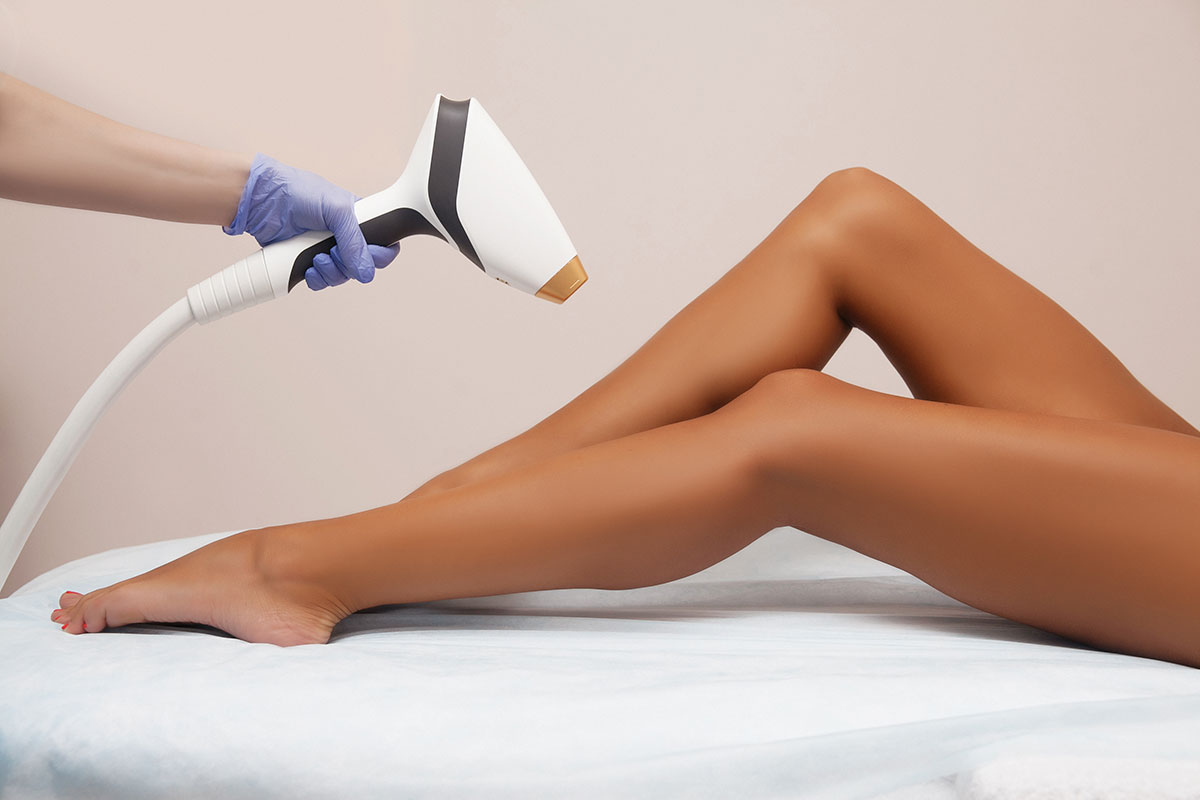Ever wondered if you need to shave before zapping away unwanted hair with laser? It's a common puzzle, and the answer is more straightforward than you might think. Shaving before laser hair removal isn't just recommended; it's essential for a successful treatment. But why, you ask? Well, shaving helps the laser target the hair follicle directly without burning the hair above the skin, making the process safer and more effective. Plus, it reduces discomfort during the session. So, if you're gearing up for your first laser appointment or just looking to make your next visit smoother, understanding this prep step can make all the difference in your hair removal journey.
Key Takeaways
- Shave before your laser hair removal session to make the treatment more effective and reduce discomfort.
- Use the right shaving technique to avoid skin irritation or damage, which can affect the laser treatment.
- Understand the laser hair removal process to set realistic expectations and prepare mentally and physically for the procedure.
- Follow aftercare instructions carefully to enhance the effectiveness of the treatment and minimize risks.
- Be aware of possible risks and complications and discuss any concerns with your provider before the treatment.
- Stay patient and consistent with sessions for best results, as laser hair removal requires multiple treatments over time.
Shaving Essentials
Importance
Shaving before laser hair removal is crucial. It makes the treatment more effective. Shaving clears the skin of excess hair, allowing the laser to target the follicle directly. This direct targeting is key for a successful treatment.
Without shaving, the laser might target hair above the skin instead of the follicle. This reduces effectiveness and increases discomfort. Pre-shaved skin helps in reducing pain during the procedure.
Benefits
Shaving before your appointment leads to smoother skin after treatment. It prepares your skin for the laser, enhancing its ability to remove hair. This preparation results in enhanced results from your laser hair removal sessions.
It decreases the risk of burns and pigmentation changes on the skin. The laser can interact with long hairs, causing these unwanted side effects. Proper shaving minimizes these risks significantly.
Timing
It's best to shave 24 to 48 hours before your laser treatment. This timing allows your skin to calm down from any irritation shaving may cause. Shaving too close to your appointment can lead to increased sensitivity and irritation.
The best time of day for shaving depends on your skin’s sensitivity. If you have sensitive skin, shave at night. This gives your skin time to recover overnight, reducing redness and irritation by morning.
Techniques
Using the right technique when shaving is important to avoid irritation. Always use a fresh, sharp razor for a clean shave without nicks or cuts. Dull blades can irritate your skin and increase discomfort during laser treatment.
Always shave in the direction of hair growth, not against it. This reduces irritation and helps prevent ingrown hairs. Using a gentle shaving cream can also help protect your skin from razor burn.
Preparing for Laser Removal
Skin Assessment
Before deciding on shaving as the best pre-laser hair removal method, it's crucial to evaluate your skin type and condition. This step ensures that you choose a method that won't harm your skin. For those with sensitive or problematic skin, consulting with a dermatologist is wise. They can provide personalized advice.
It's also important to identify any moles or skin tags in the area. You should avoid these while shaving to prevent irritation or injury. This careful preparation sets the stage for a successful laser hair removal process.
Choosing Right Razor
When it comes to selecting a razor, not all are created equal. A multi-blade razor is often recommended for its ability to provide a closer shave. This is especially beneficial in preparing your skin for laser treatment, as it leaves the area smooth and hair-free.
For individuals with sensitive skin, razors with built-in moisturizing strips can offer added protection. These strips help minimize irritation by providing a layer of lubrication between the blade and your skin.
However, it's crucial to avoid using old or dull razors. They can lead to cuts and infections, compromising the health of your skin before laser treatment. Always opt for a sharp, clean razor to ensure the safest shave possible.
Pre-Shave Care
Proper pre-shave care can significantly enhance the shaving experience and prepare your skin for laser hair removal. Start by washing the area with warm water and mild soap. This helps soften the hair and open up pores, making it easier to achieve a close shave.
Applying a shaving gel or cream is next. These products reduce friction between the razor and your skin, further preventing irritation. For those who discussed "Shaving Essentials" previously, incorporating these steps aligns perfectly with ensuring a smooth shaving process.
Finally, never underestimate the importance of hydration for achieving a smoother shave. Keeping your skin moisturized post-shave helps soothe any potential irritation and keeps the skin healthy in preparation for laser treatment.
Shaving Technique Guide
Step-by-Step Guide
Proper shaving is crucial before laser hair removal. It ensures the laser targets the hair follicle directly, without burning the skin or hair on the surface. Here's how to do it right.
First, prepare your skin by taking a warm shower. This softens the hair and opens up pores, making shaving smoother. Avoid using any harsh soaps or exfoliants that could irritate the skin.
Next, apply a generous amount of shaving cream. Choose one that's designed for sensitive skin to reduce risks of irritation. The cream creates a protective barrier between the blade and your skin, reducing friction.
When you start shaving, use a sharp razor and shave in the direction of hair growth. This minimizes cuts and ingrown hairs. For areas hard to reach or with denser hair, you might need to shave against the grain carefully.
After shaving, rinse off with cool water to close the pores. Pat your skin dry with a clean towel instead of rubbing it.
The final step is aftercare. Apply an alcohol-free moisturizer to hydrate and soothe the skin. This reduces redness and irritation from shaving.
Sensitive Skin Tips
People with sensitive skin need to take extra precautions when preparing for laser hair removal.
Firstly, choose hypoallergenic shaving creams that are free from fragrances and alcohol. These products are less likely to cause reactions on sensitive skin.
Before going all in, test the shaving cream on a small area of your skin. Wait 24 hours to see if there's any adverse reaction before using it more broadly.
After shaving, applying a cold compress can greatly soothe irritated skin. It helps reduce redness and swelling instantly.
For those with extremely sensitive skin, consider using a single-blade razor or an electric shaver set to a close-cut setting. These tools are less aggressive on the skin compared to multi-blade razors.
Laser Hair Removal Process
How It Works
Laser hair removal targets the melanin in hair follicles. Melanin is what gives hair its color. Lasers are smart. They focus on darker areas and ignore the lighter skin around them. This is how they find and zap hairs at their roots.
Shaving before your appointment is a key step. It removes hair above the skin, so the laser can directly hit the follicle. Think of it as clearing a path for the laser to work its magic more effectively.
Skin and hair contrast also plays a big role. The greater the difference between your skin color and hair color, the easier it is for the laser to do its job. Dark hair on light skin works best because the laser can easily spot and target the dark hairs.
What to Expect
You might need several sessions to get smooth, hair-free skin. Hair grows in cycles, and not all hairs are ready for removal at the same time. Most people see significant results after three to seven sessions.
The procedure might be a bit uncomfortable, but it's quick. People often describe it as a rubber band snapping against their skin.
After treatment, you may notice some redness or swelling. This is normal and usually goes away within a few hours or days. It's just your skin reacting to the laser.
Enhancing Treatment Effectiveness
Role of Shaving
Shaving before laser hair removal is more than just a suggestion; it's a vital preparation step. It allows the laser to focus directly on the hair roots, rather than being dispersed by hairs above the skin. This direct path ensures that the energy from the laser penetrates deeply and effectively.
By removing surface hair, we also prevent an unpleasant side effect: scorching. When lasers hit hairs above the skin, they can burn them, causing discomfort and potentially harming the skin's surface. Shaving helps to avoid this risk, making the treatment both safer and more comfortable.
In essence, shaving acts as a critical bridge between you and the optimal results of your laser treatment. It not only enhances effectiveness but also contributes significantly to a smoother process.
Post-Shave Care
After shaving, your skin requires gentle care to ensure it's ready for laser treatment. Applying aloe vera or a soothing lotion can help calm any irritation or redness. These products hydrate the skin, preparing it for the upcoming procedure.
It's important to protect your freshly shaved and soon-to-be-treated skin from the sun. Sun exposure can sensitize the skin, making it more prone to damage during laser treatments. So, applying sunscreen on treated areas becomes non-negotiable if you're stepping out.
Furthermore, after shaving, steer clear of harsh chemicals or exfoliating products for at least 24 hours. Your skin is in a more vulnerable state post-shave, and such products can aggravate it unnecessarily. Keeping things simple with mild skincare products is key until after your laser session.
Risks and Complications
Common Concerns
Many people worry that shaving before laser hair removal will cause their hair to grow back thicker or darker. This is a myth. Shaving cuts the hair above the skin but doesn’t affect the roots. It won't change how your hair grows.
After shaving, some might notice redness or bumps. These are common reactions, especially if you have sensitive skin. They usually go away on their own. If they don't, applying a cool compress can help soothe the skin.
How to Minimize
To reduce skin irritation, always use a sharp razor. Dull blades can tug at your hair instead of cutting it cleanly, leading to discomfort and bumps.
Here are some tips for a smoother shave:
- Wet your skin and hair to soften them.
- Apply a generous amount of shaving cream or gel. This reduces friction.
- Shave in the direction of hair growth to minimize irritation.
Exfoliating before you shave helps remove dead skin cells. This can prevent ingrown hairs by clearing the path for them to grow outwards.
Moisturizing after shaving is crucial. It keeps your skin hydrated and can help reduce irritation. Look for products designed for sensitive skin if yours reacts easily.
Managing Expectations
Treatment Timeline
Laser hair removal isn't a one-and-done deal. It usually takes multiple sessions to see the best results. Most people need between 6 to 8 treatments. These are spread out over several months.
Sticking to your treatment schedule is key. It ensures you get the smoothest skin possible. This is because laser hair removal works best when hairs are in their growth phase. Hair grows in cycles. So, not all your hairs will be ready for removal at the same time.
Your specialist will guide you on when to come back for each session. They know how hair cycles work. Trusting their timing can make a big difference in your results.
Results Overview
After finishing your treatments, you'll see less hair where the laser was used. Many people enjoy long-lasting smoothness. Some might even see permanent results in certain areas.
But here's the thing: "permanent" might not mean forever for everyone. You might need a touch-up session now and then. This is totally normal and keeps your skin looking its best.
Besides less hair, many notice an improvement in their skin's texture. It can become smoother and more even-toned after laser treatments.
FAQs Addressed
Shaving Myths
Many people think that shaving causes hair to grow back thicker or darker. This is not true. Hair appears the same after it grows back.
e worry about the risks of shaving before laser treatment. They fear it could lead to problems. But, proper shaving is necessary for laser hair removal success. It makes the treatment more effective.
Treatment Queries
Laser hair removal is safe for most people. Its effectiveness depends on your skin and hair type. Darker hair with lighter skin usually sees the best results.
Choosing the right laser treatment requires understanding your own body. Different lasers work better for different skin and hair types.
Before going in for a consultation, know your medical history and any medications you're taking. This information helps professionals choose the best treatment plan for you.
Aftercare and Maintenance
Immediate Aftercare
After your laser hair removal session, it's crucial to treat your skin with care. Avoiding heat sources, sweating, and swimming can help prevent irritation. These activities could aggravate your skin right after treatment.
You should also choose your skincare products wisely. Opt for gentle, fragrance-free lotions and creams. They are less likely to cause discomfort. If you notice any redness or bumps, these products can help soothe your skin.
Monitoring how your skin reacts in the days following treatment is important. Look out for signs of unusual reactions. If you see anything concerning, don't hesitate to seek medical advice.
Long-Term Tips
To keep your skin smooth after laser treatment, a few lifestyle changes are helpful. Regularly moisturizing can maintain the softness of your treated areas. Choose a high-quality moisturizer that suits your skin type.
Sun protection is vital too. It helps prevent pigmentation changes on the treated areas. Always apply a broad-spectrum sunscreen before heading outdoors. This will protect your skin from harmful UV rays.
Follow-up care is another key aspect of maintaining results. You might need additional touch-up treatments to catch any stray hairs that were missed or have since grown in. Knowing when to schedule these appointments is part of effective long-term maintenance.
Final Remarks
ou're all set to kiss those pesky hairs goodbye and welcome smooth, carefree skin with laser hair removal. You've got the lowdown—from prepping with a shave to zapping away with lasers, and even how to keep things chill after. It's like embarking on a journey where you ditch the razor for something a bit more high-tech. Sure, there might be a few bumps along the road (hello, risks and complications), but armed with your newfound knowledge, you're more than ready to tackle them head-on. Remember, it's all about keeping those expectations real and giving your skin some love post-laser.
Now, don't just stand there! It's time to take action. Dive into the world of laser hair removal with confidence. And hey, if you've got questions or need a pep talk, we're here for you. Let's make your smooth-skin dreams come true, together.
Frequently Asked Questions
Do you need to shave before laser hair removal?
Yes, you should shave the area 24-48 hours before your treatment. This helps the laser target the hair roots more effectively while minimizing discomfort.
Can I shave right after getting laser hair removal?
Wait a bit, ideally 24-48 hours, before shaving after laser treatments. Your skin needs time to settle down and recover.
How often should I get laser hair removal sessions?
Typically, you'll need 4-6 sessions spaced about 4-6 weeks apart. It varies based on your hair growth cycle and the treated area.
Is it okay to pluck hairs between laser sessions?
Nope, avoid plucking or waxing. Shaving is fine, but pulling hairs out disrupts the follicle and can hinder your laser treatment progress.
What should I do if I experience irritation after laser hair removal?
Keep the area cool and moisturized. Aloe vera gel is your friend here. If irritation persists, consult with your technician or dermatologist.
Can sun exposure affect my laser hair removal results?
Absolutely. Sun exposure can increase risks of side effects. Slather on broad-spectrum SPF 30+ sunscreen on treated areas when heading outdoors.
How long does it take to see results from laser hair removal?
Patience is key—most people notice significant reduction after 2-3 sessions, but complete results typically manifest after completing all recommended sessions.

